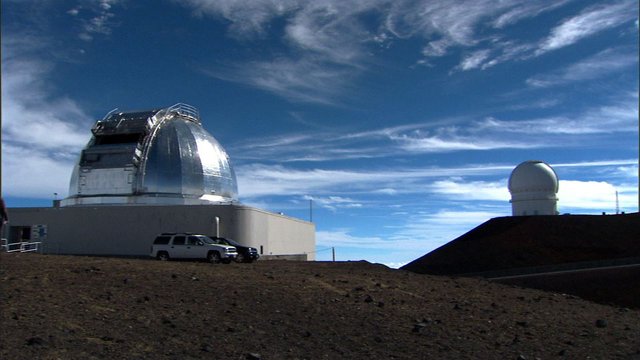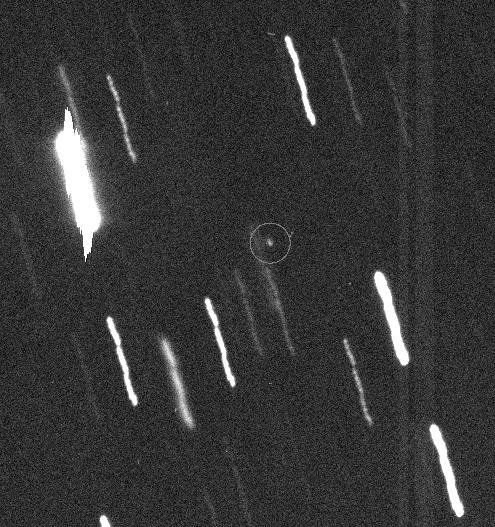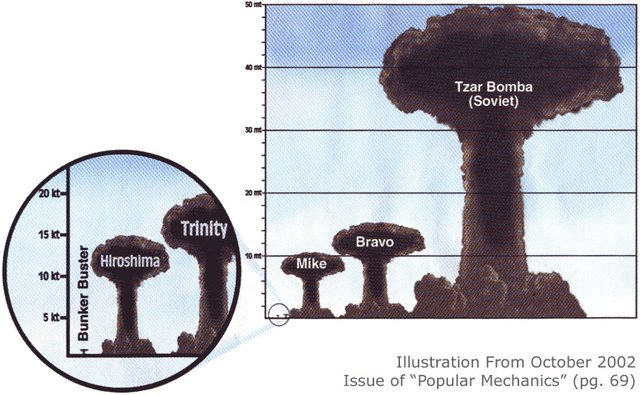Near Earth Objects, Covering All Our Bases
Near Earth Objects (NEO) could easily wipe humanity out if we are not prepared.
What Are Near Earth Objects?
Near Earth objects are objects that cross Earth’s orbit or come close during the object's orbit. The object is usually either an asteroid or a comet. These asteroids and comets come from when the solar system was first forming. Many collected together and became planets. The leftovers still roam today, and pose serious a threat to humanity.
A Small Chance of Extinction
The chance of our death is small, but we should cover all our bases. NASA has spent a lot of time watching them. They hope that if we catch any of them that could crash into Earth early enough we can save ourselves.
Detecting Near Earth Objects
Near Earth Objects are often found by amateur astronomers. The amateur astronomer makes observations of the sky, if he finds an object that moves differently than the background. They then report it to the Minor Planet Center (MPC) and they check the database. If it is a new object it is reported as a new Near Earth Object. Although, this is rare, as this quote from october 2013 shows it still happens:
“This month alone, observers have discovered 80 NEOs out of 656,546 observations.” - Space.com.
Still, this is a sizable number. We have found a total of 15,000 near Earth Objects and NASA has estimated we have found 90% of Near Earth Objects over the size of one kilometer.
Scientists also searches professionally for near Earth objects. Many telescopes spend a portion of their time scanning the sky for these objects, which accounts for the majority found.
A list of surveys going on now:
Preventing our Death
A lot of resources go into discovering Near Earth Objects, for a good reason. They could easily wipe us out, but if we catch one early enough we can prevent that.
We can't break them apart like in the movies, and we can't just stop it. Deflecting it off our path is the best bet. We easily have enough resources to deflect one as big as 10 kilometers, the same size as the one that killed the dinosaurs. Although, that would likely take multiple spacecraft and many years to do. The problem comes when we notice it late, this is why we survey the sky. Deflecting them could be done in many ways. If we have decades a reflective membrane might be enough to slowly push it out of the way. If we have less time shooting a conventional rocket into the offending asteroid or comet could work. Another theorized method is the gravity tractor. The gravity tractor works by keeping a massive object in front of an asteroid or a comet. This will tow the asteroid or comet off its path for as long as the object has enough fuel to stay off the surface.
Apophis the Asteroid
Apophis is an asteroid that regularly comes close to Earth. It was originally estimated at nearly a 3% chance of impacting Earth in 2029. New technology and estimates put it at one in forty five thousand in 2036 and no chance in 2029. This asteroid is about 300 meters long and could do major damage if it ever hit us.
Different Sizes, Different Amounts of Damage
Small impactors usually breakup mid-air from atmospheric friction. This is usually the outcome of impactors under 50 meters. This still releases energy equal to or less than ten megatons of TNT. These impacts happen more than once a year, on average. At around 75 meters it has a chance of hitting the ground, if made of iron. This would release enough energy to destroy land area the size of a city. Tunguska was an example of one this size made of stone, which leveled 2,000 square kilometers of forest after breaking up mid-air in 1908. The explosion has the energy of ten to one hundred megatons of TNT. The largest nuclear weapon designed during the cold war had a maximum yield of one hundred megatons and was only produced with fifty megatons. Luckily these only impact about once every thousand years. Next an impactor about 160 meters could wipe out a major city. Comets would break up in the air, but either way the city would be flattened. They hit with an energy anywhere from one hundred to one thousand megatons of TNT, twenty of the most powerful bombs humanity has ever produced. This happens every five thousand years on average. At about 360 meters the impactor could level a small state. The impact would have a yield of one thousand to ten thousand megatons of tnt, two hundred of the biggest bombs we have. This happens only once every fifteen thousand years. At about 700 meters they would destroy a medium sized state and are ten thousand to one hundred thousand megatons of TNT. This would kick up enough ash to change the global climate and cause frosts.This happens on average every sixty three thousand years. At about 1.7 kilometers in diameter the impactor could destroy a country the size of France. The Yield would be at or over one million megatons of TNT, enough to kick up so much ash that it causes major crop damage for decades. This only happens once every 250,000 years on average, not likely but it would devastate us and could set us back decades.
How ironic would it be that we were so self-centered that we had the resources to prevent this, but we decided that military spending was more important?




I have studied this myself, and it is amazing what might happen should a comet get knocked off it's orbit in the Kuiper Belt or something.
We actually have a very fragile existence, but most people are oblivious to this.
its hard to function thinking of all the ways you could die lol
Very good post. It's shocking how close NEOs come all the time and how many there are. Nice discussion of the magnitude of such an impact.
Very nice write-up! Thanks for sharing!
Just a comment. If I am correct, it is not proven that this is an asteroid or a NEO that was responsible for the extinction of the dinosaurs. There are other options as well.